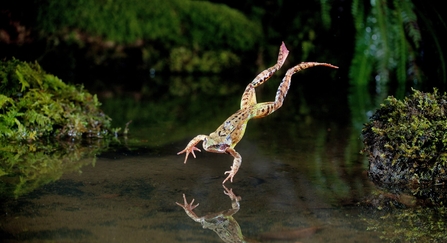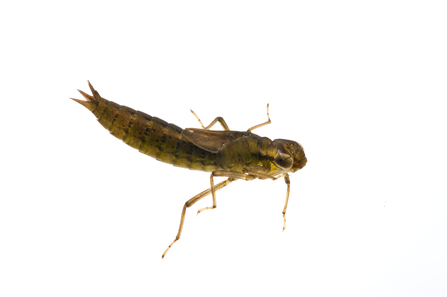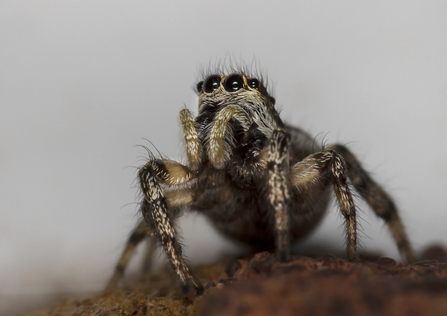We all hike in different ways. Some people like to get from A to B as quickly and efficiently as possible. Others meander, exploring their way along the route. In the animal kingdom, there are even more options. You can find creatures that crawl, climb, float, fly, slither and slide.
Let’s discover some of the strangest and most impressive types of movement found in the wilds of the UK.




